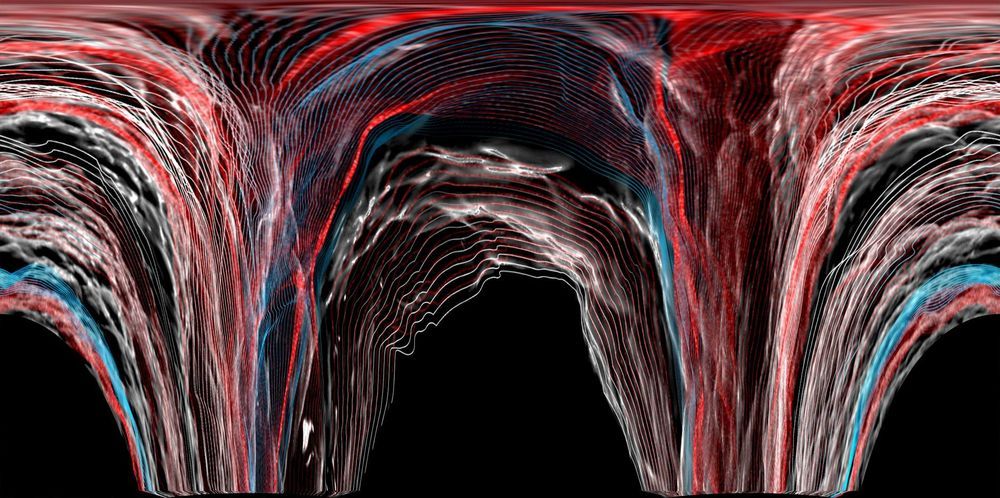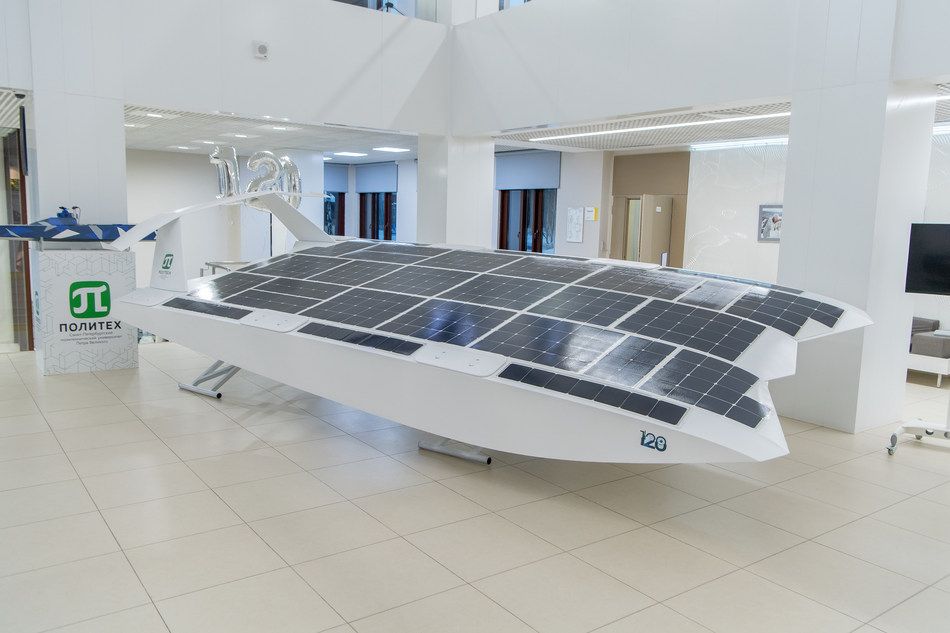Magnetic materials have been a mainstay in computing technology due to their ability to permanently store information in their magnetic state. Current technologies are based on ferromagnets, whose states can be flipped readily by magnetic fields. Faster, denser, and more robust next-generation devices would be made possible by using a different class of materials, known as antiferromagnets. Their magnetic state, however, is notoriously difficult to control.
Now, a research team from the MPSD and the University of Oxford has managed to drive a prototypical antiferromagnet into a new magnetic state using terahertz frequency light. Their groundbreaking method produced an effect orders of magnitude larger than previously achieved, and on ultrafast time scales. The team’s work has just been published in Nature Physics.
The strength and direction of a magnet’s ‘north pole’ is denoted by its so-called magnetization. In ferromagnets, this easily reversible magnetization can represent a ‘bit’ of information, which has made them the materials of choice for magnet-based technologies. But ferromagnets are slow to operate and react to stray magnetic fields, which means they are prone to errors and cannot be packed very closely together.









